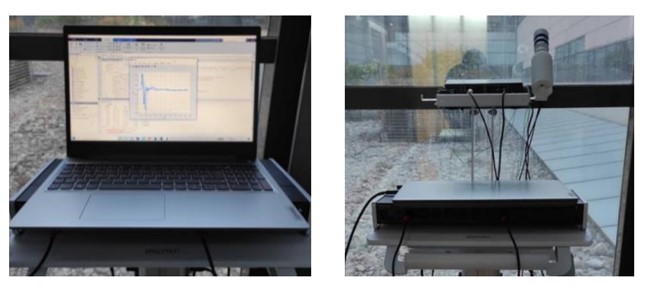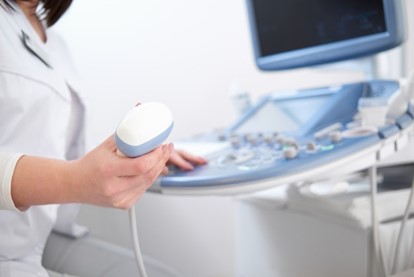The structural microarchitecture of soft tissues, like breast or skin, is recently attracting attention among the biomechanical engineering community. Moreover, its interest for clinical diagnostics is growing because it covers a wide spectrum of specialties and pathologies. Therefore, there is a need for the development of new techniques that allow the quantification of: elasticity, anisotropy, viscosity, heterogeneity and non-linearity of a sample under in vivo conditions and in a non-invasive way. This could be done through torsional waves that mitigate the contribution of compressional waves to obtain a reliable measure of anisotropy. Unfortunately, most current mechanotransduction procedures do not measure the anisotropy of a soft biological tissue sample.
Researchers at University of Granada (UGR) have developed an invention that features this technical part by generating shear waves at controlled frequency and amplitude to provide a safe anisotropy measurement.
The invention allows the quantification of mechanical properties of soft tissue in order to identify anomalies widely linked to pathologies such as tumors, arteriosclerosis, hepatic fibrosis or osteoarticular syndromes. Torsion waves are elastic shear waves that propagate through soft tissue, achieved by the arrangement of concentric sandwich sensors of piezoelectric and electromechanical elements. This makes it possible to quantify the mechanical behavior through different parameters that can become discriminating biomarkers of elasticity, viscosity, heterogeneity and non-linearity. The sensor consists of three main elements: a receiver, which collects the signal coming from different measured directions once it passes through the tissue. A cage houses the receiver, and a transmitter which is housed in the cage. This third element is an ultrasonic shear wave emitter device. The sensor is operable to attach the vibrating surface to the patient’s skin.

The benefits have been thoroughly tested in different studies, in vitro and ex-vivo samples.
Benefits:
- It measures the anisotropy of soft biological tissue to characterize tissue parameters and know how to influence cell proliferation and tumor growth.
- This technology would allow the solution of two problems: being critically dangerous, as it might overlook a cancer, with severe undesirable consequences for the patient, and the biopsies of benign tumors suspected to be malignant.
- The transducer-control data can be modified to correct for an internal or external motion of the subject, ensuring that the value of the shear deformation is subject-specific.
The represented institution is looking for a collaboration that leads to commercial exploitation of the presented invention.
Institution: Universidad de Granada
TRL: 3-4
Contact: Noelia Mas / noelia@viromii.com

